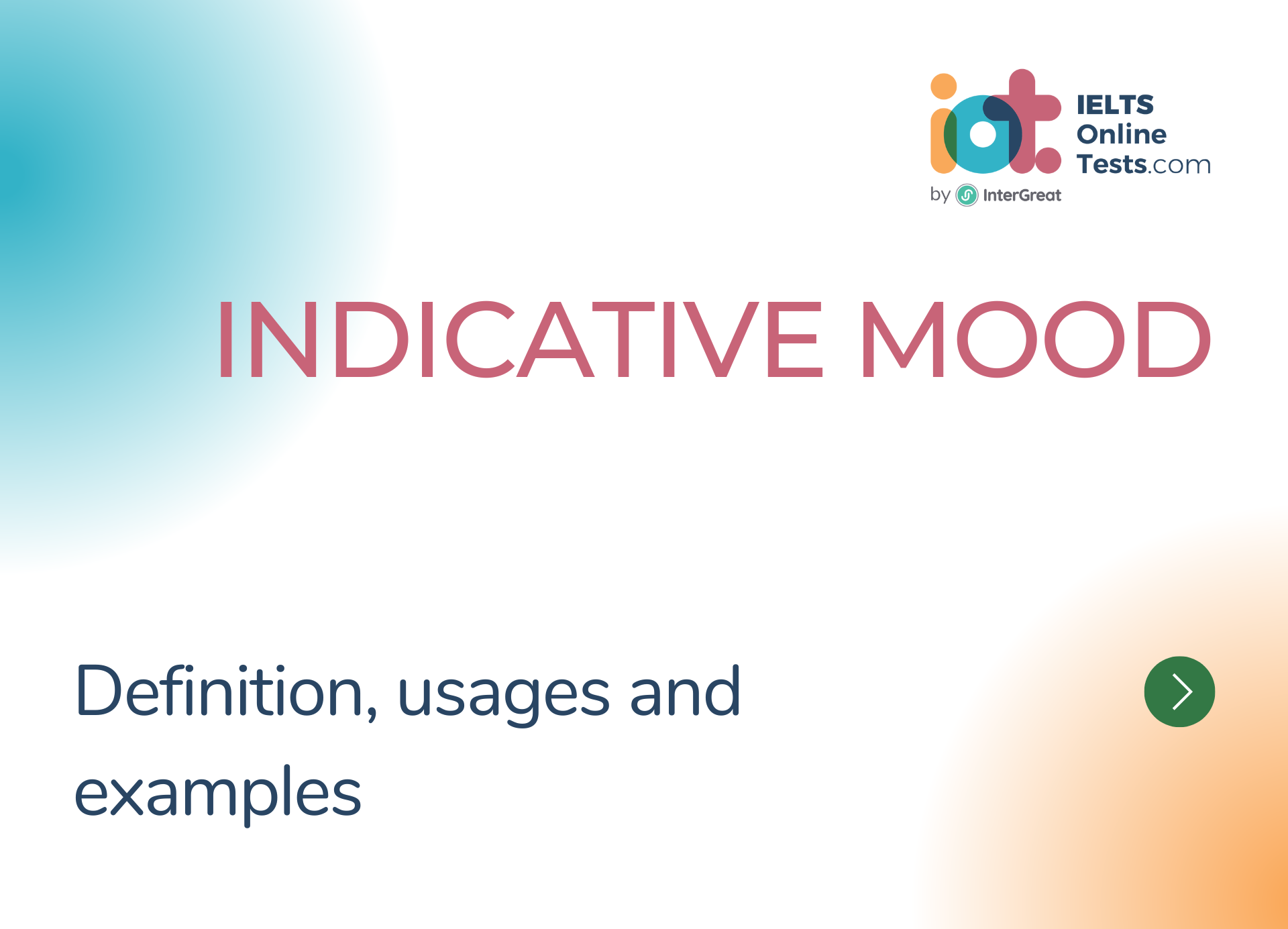
Moods of Verbs - Indicative Mood
The indicative mood is the most common and frequently used mood in English. It is used to make statements, ask questions, and provide information about facts, reality, opinions, certainty, and events that are believed to be true.
Here are some key points about the indicative mood:
Statements: The indicative mood is used to make straightforward statements and convey information.
- Example: "He is a teacher."
Questions: The indicative mood is used to ask questions to gather information or seek clarification.
- Example: "Did you see the movie?"
Facts and Reality: The indicative mood is used to express facts, describe events, and state things that are believed to be true.
- Example: "The sun rises in the east."
Opinions: The indicative mood allows for the expression of personal opinions or beliefs.
- Example: "I think she is talented."
Certainty: The indicative mood is used to convey certainty or confidence about something.
- Example: "They will arrive on time."
Verb Forms: In the indicative mood, verbs take their standard forms according to the tense, such as present, past, or future.
- Example: "She walks to school every day."
The indicative mood is the default mood used in everyday communication. It is used to express objective statements, ask questions, and provide information based on facts, opinions, or beliefs. It is important to recognize the indicative mood and its verb forms to accurately convey information and express ideas in a clear and straightforward manner.




